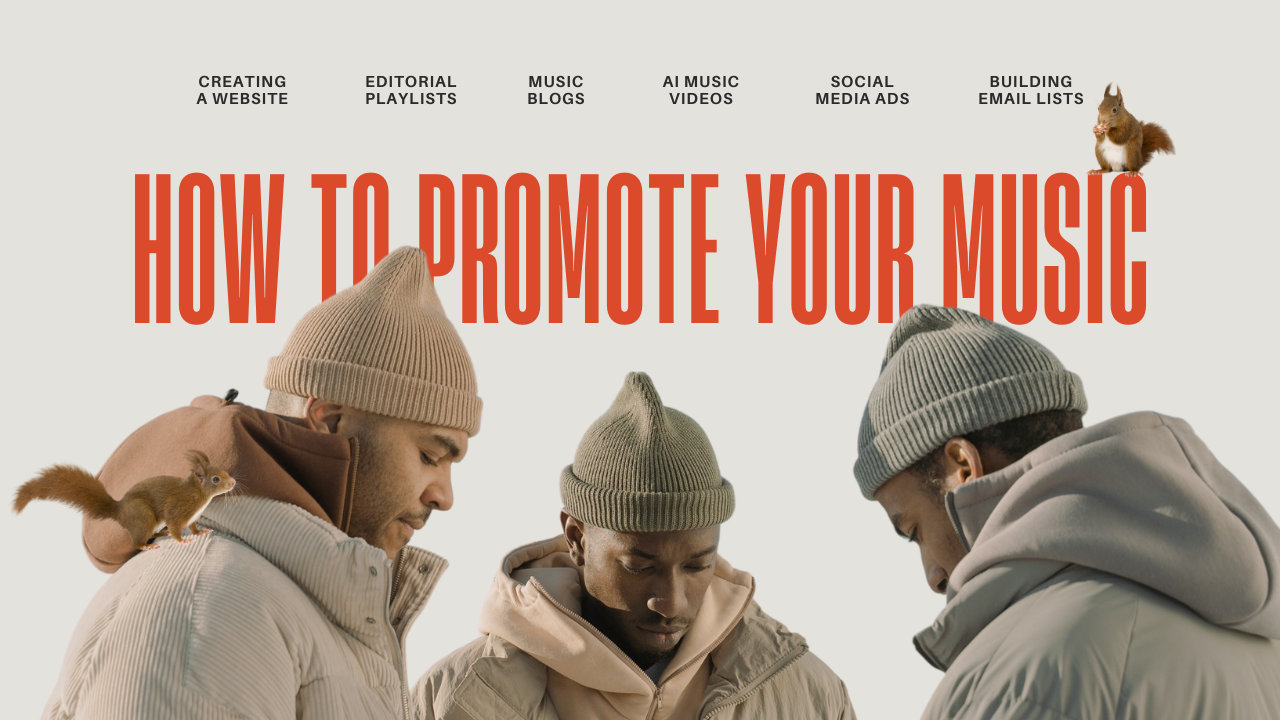
Promote Your Music & Build a Fanbase as an Independent Artist
Learning how to promote your music online can be a major growing pain as a new artist. If marketing's been difficult, don't beat yourself up over it. You're not alone.
Even talented musicians with years of experience struggle developing their fanbase. There's very little correlation between music quality and the number of new listeners you acquire on streaming platforms.
Songwriting and the music business are two very different beasts. Record labels have large networks where they can send a press release for new albums and get guaranteed placements on popular editorial playlists. Other agencies in their network handle video content and music promotion on social media.
As an independent artist, you've got wear a lot of those hats yourself. It's going to take some hard work and upfront investment to do it right.
In this article we'll share music marketing techniques you can use to promote your own, upcoming release and reach new fans. We'll show you how to create ads for each social platform and AI music video tutorials for generating video content that won't break the bank.
There are no affiliate links anywhere in this article. We were not paid to promote third party sites. All of this information is shared for your education and benefit.
Your band is a brand: Creating artist profiles
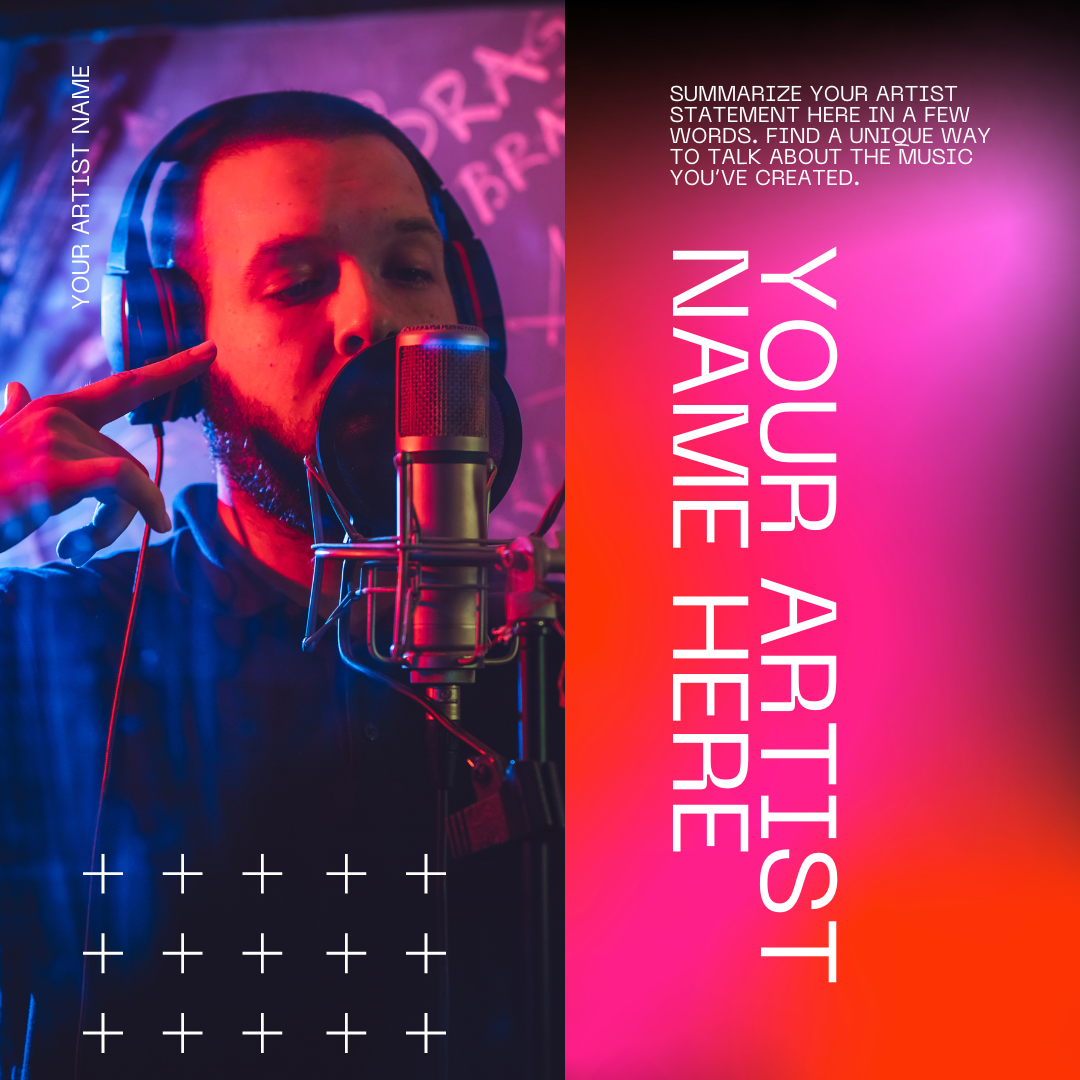
Mindset is often the first big hurdle to get over as an artist. Shifting from the creative mode to marketing and branding is a difficult pill for many to swallow. Critics of late stage capitalism might resent the pressure to jump in the ring and play the game. But this is how the vast majority of artists reach a wider audience.
Artist profiles are the digital real estate where you promote your music, ranging from social media platforms and streaming platforms to music websites. Every time you tell a story about who you are and what your artist imprint represents, you're building upon the brand.
Preparing your artist profile on social media platforms
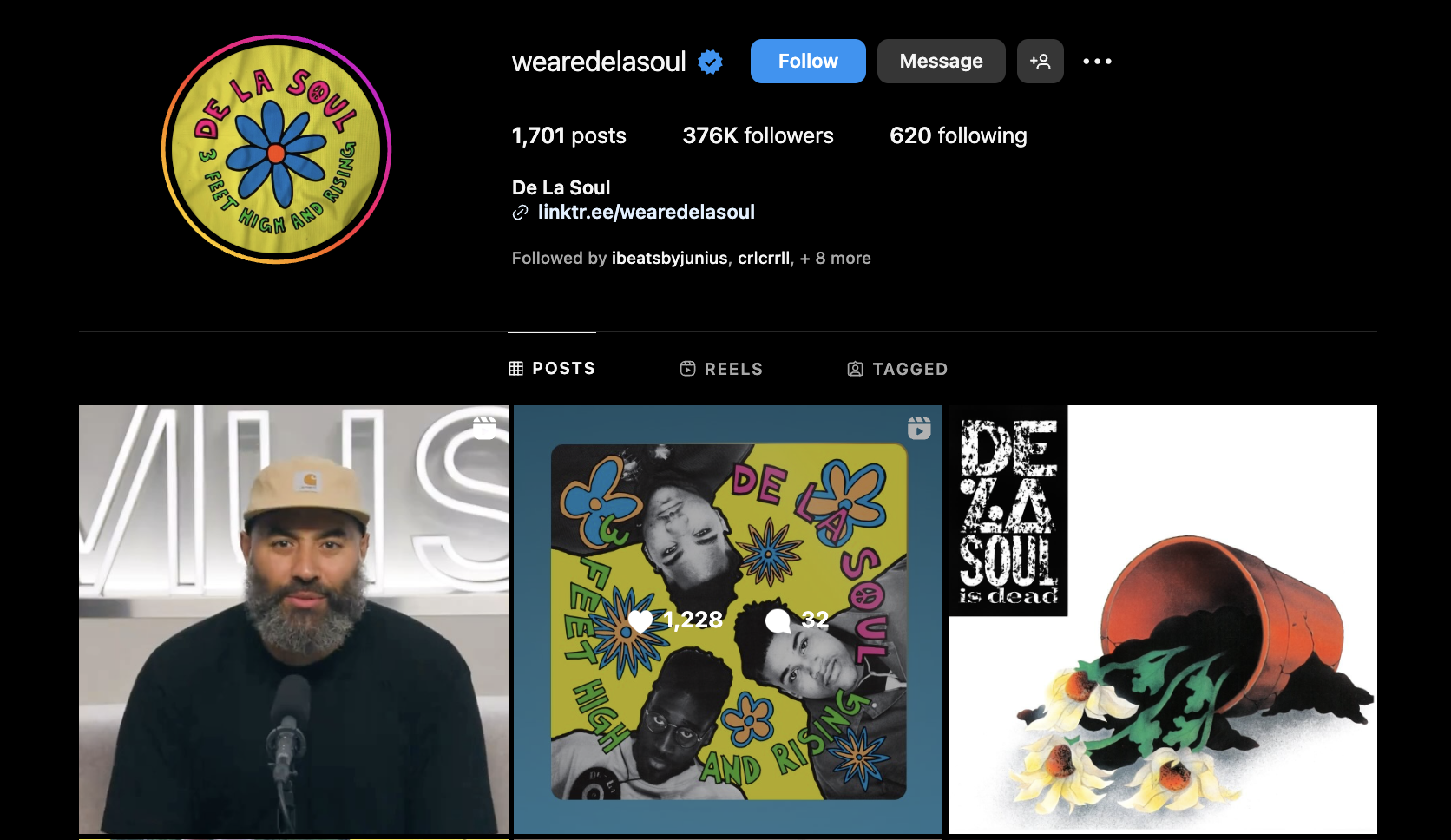
Most of you already know how to set up Instagram, Facebook, Youtube and TikTok accounts. Just keep in mind that when you register, you should be setting up business accounts rather than personal ones.
Facebook and Instagram are both owned by Meta, so it's best if you use the same email address for both. YouTube is owned by Google, so if you want to take out Google Ads later, you'll be using that same email to manage those promotions.
Here are tutorials for each social media platform, explaining how to do it.
- Instagram for business: Tap Settings and privacy, then account types and tools, and tap Switch to professional account.
- Facebook for business: With a Facebook account registered, use the Create a Page tool and follow the instructions to generate your artist profile.
- TikTok for artists: Visit this page on your mobile device to register an artist account.
- YouTube official artist channels: Anyone can register a YouTube channel and start sharing music as an artist, but to launch an official artist channel you'll need to follow their guidelines.
Signing up for these channels and registering your artist profile is the first step.
You'll need to start working on images and music video content to promote your songs. Music visualizers are a bit generic, whereas full-length high-definition videos are usually expensive to produce. So we recommend using an audio-reactive AI music video generator like neural frames instead. Stay tuned, as we'll be explaining that in more detail, once we get through the initial startup steps.
Registering an artist profile on streaming platforms
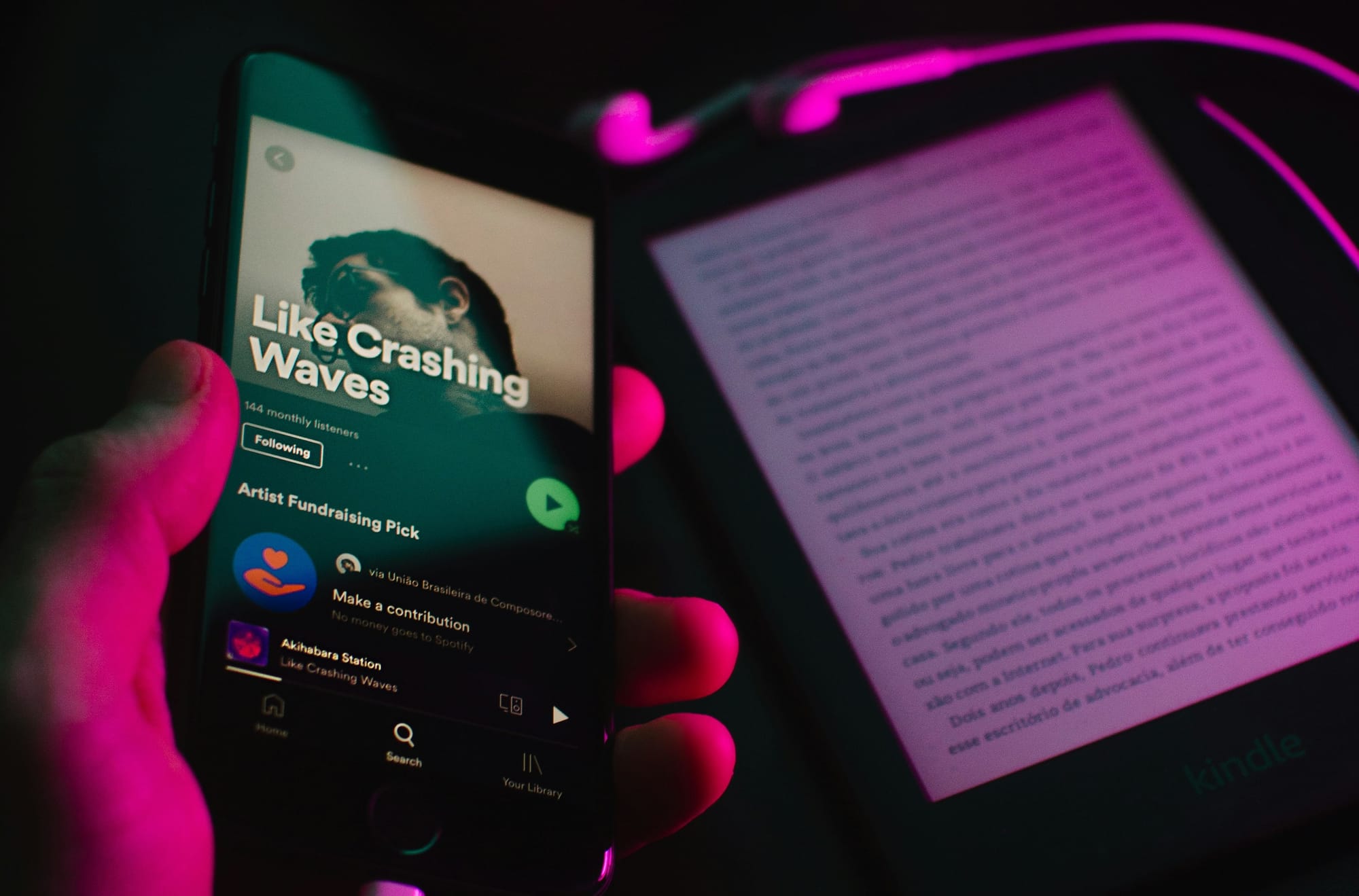
Music distribution sites like Distrokid, CDBaby and TuneCore have become the most popular channels for independent artists to publish to streaming services. They act as a one-stop-shop, so you don't have to upload the same music to each platform, over and over again.
Millions of people use Distrokid to get their songs onto DSPs. The site charges $22.99 per year for unlimited albums & songs, and typically gets your music into stores in under a week. TuneCore offers the same for $19.99. CDBaby charges $9.99 per album instead of the flat annual fee.
You'll need to set up an artist profile on Spotify in advance, but once you do you'll be able to publish there any time. The other sites like Apple Music and Amazon Music will generate those profiles automatically. Some popular sites like SoundCloud and BandCamp aren't included with all distributors, so if you want to share to those communities as well, you may need to do so separately.
Creating a music website where you can build your email list
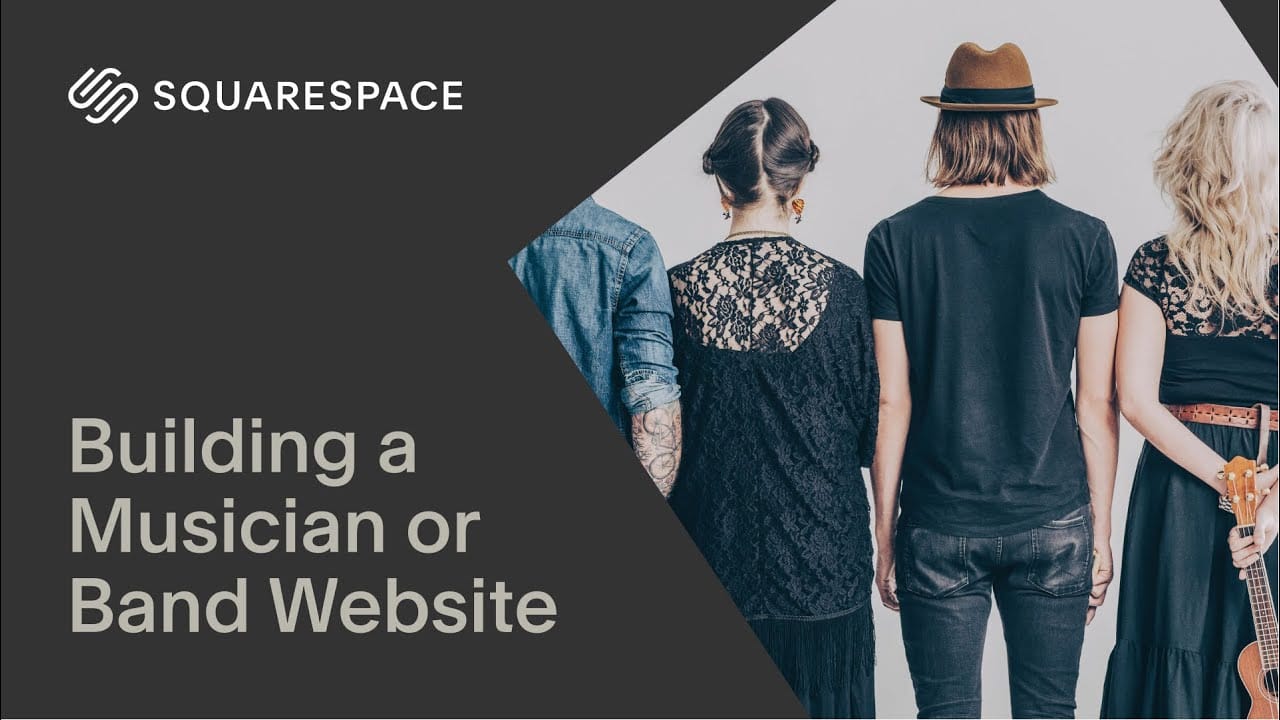
Websites might seem a bit more intimidating than registering social media accounts and streaming profiles. They're actually easier to set up than you might think. Here are some steps for using site templates to speed up the process:
- Choose a site builder: We recommend Wix, Squarespace and Carrd. Of the three, Carrd is free and the easiest to set up but offers the least customization. Squarespace is a good middle-of-the-road solution if you just want to build from a template, but also want the option to sell merch and build an online store. Wix is the most customizable, with drag and drop site builders and online store as well.
- Register a domain name: Your site builder will usually offer to register the domain name on your behalf. However, if you want a little more control over the process, we recommend using Namecheap. They have competitive prices and a better interface than older services like GoDaddy. On your DNS is registered, connect it to your site building platform.
- Choose a template or hire a designer: Try to select a site template that suits your brand. Then you'll be able to swap in your own words and imagery. If you're having trouble finding a template that fits the look and feel you're going for, consider hiring a freelance designer on Upwork. Just make sure your job posting includes the platform they're designing for, so they know what constraints to follow. You may also need contract a developer to implement it for you.
- Add an email newsletter form: Find a spot somewhere on the middle to bottom of your homepage where you can add an email newsletter form. This is how you'll build your email list and promote new releases in the future. Most site builders provide this widget automatically, so you just drag and drop it in.
- Link to your artist profiles on social media and streaming platforms: The website should include icons that link to your artist profiles. This will help people find and listen to your music easily.
- Host your electronic press kit: Gather information about your releases, including places that you've played and reviews that you've received. Sites like ReverbNation will help you build an EPK if it's your first time doing it.
Advertising your music
With your website and artist profiles set up, it's time to start advertising your channels. You've already made an investment into music distribution and building a website, but this is the first place where the money can really start to burn. You've got to be careful and strategic with how you invest in ad spend, or you'll end up wasting resources.
Buying ads on social media
There's an almost unlimited number of people in the world seeking out new music to enjoy. If you pay to put your music in front of the right people, you can reach new audiences quickly. Word of mouth will help you organically if you pick the right target audience.
Before you get started with paid ads, it's a good idea to do some grassroots promotion and get your first 100 followers through organic engagement. To do that, add a few posts to your profile and ask your friends to follow you.
Look up other artists similar to you on each platform (sorry, we know you're one of a kind, but you know what we mean). See who's commenting on their posts and interact with those users organically, leaving thoughtful comments on their profile. This will help you to grow a small initial following, and later, people viewing your ads will know you're not a spam page when they visit your artist profile.
When defining your advertising demographics, try to choose the biggest possible artists. You'll be getting a lot of impressions for a relatively small amount of adspend. If you choose bands with a larger audience, you'll be able to run the ads for a longer period of time without frequently pivoting to a new artist.
How to advertise your music on Instagram
Log into your Instagram account and click on one of your posts. As long as you have a business account registered, you can use the boost button to turn it into an ad. Alternatively, you can go through your account's Ad manager dashboard. Once you've done that, simply define your audience demographics, set your budget, and launch.
Keep in mind that Western audiences are more expensive than third world countries. For example, the cost per impression is much lower in India than in the United States. However, you need to make sure that your music promotion efforts translate into actual fans. Impressions might help you build up an instagram following, but that will only translate to Spotify streams if the audience actually a good fit.
Advertising your music on Facebook and TikTok
Facebook has a dedicated knowledge base designed specifically for the music industry. Check out this tutorial and some of the case studies they've provided. Once you have a feel for the strategy, navigate here to create your first ad.
TikTok hosts a similar paid advertising program that you can learn more about here. Their platform includes an added layer of viral marketing thanks to the music embedding feature. Creators attach your song to their video content and then users browse videos that feature the same song. This is how many emerging artists, like Doja Cat and Lil Nas X, have become famous in recent years.
Promoting music videos on YouTube
YouTube ads are handled through the registered email's Google Ads account. You can find detailed instructions for setting up video advertisements here. We'll go deeper into what kind of video content you should be promoting in the next section.
Generating audio-reactive music videos with neural frames
Social media creates an almost constant demand for new video content from artists. As an independent musician, you probably might not have the resources to hire an agency or the network of friends to direct, shoot, and edit a video for you.
Neural frames is a generative AI platform that solves music video creation for any genre of music. In the past, audio-reactive content was limited to geometric visualizers that move to the tempo of your song but don't tell any kind of story. With artificial intelligence, you can upload new music and use instrumental hits to make the imagery dynamically react.
How to create AI music videos that help promote your music online
Creating your own music video is actually quite easy with neural frames. Here's a quick step-by-step guide on how it works:
- Sign up for for a free neural frames account. You'll have a chance to experiment a bit and if you like it, upgrade to a paid plan to start making long form videos.
- Choose between vertical and horizontal formats. It might be best to start with a vertical format so that you can use it on Instagram reels, TikTok, YouTube Shorts, and Spotify Canvasses. Horizontal videos are good for Instagram posts and classic YouTube videos in landscape view.
- Pick a style model and generate your opening image. Neural frames will present you with some options for the image style. Prompt the system to create your opening frame for the animation. It's best to use something that matches the theme and style of the song you plan on using.
- Upload your music and split the stems. When you separate the audio, try to find an instrument with loud and intermittent noise. The kick and snare drums are common choices, but if your song features guitar or synth stabs, that can work as well.
- Generate your animated music video. With the music in place, you can pick a duration and start generating as many seconds or minutes of visuals as you need. Neural Frames will listen to the isolated instrument hits and follow your instructions about how to change the imagery accordingly. Pick from zoom, pan, rotation, and a variety of other rules. This is a game changer in audio visualization.
Check out the video below for a step-by-step tutorial on how to get started. This will give you a clear sense of how the interface works and what you can expect from the process.
Your final AI generated music video will be the perfect material to feature on social media. It's creative, mirrors the tempo of your music, and will follow the topic or themes of your choice. Use it to advertise new songs and drive people to an artist profile, streaming channels, or your music website.
Sign up for neural frames and give it a try today.
Send out your electronic press kit: Music blogs and playlists
Paid ads on social media are a valid way to target and reach music fans directly, but it's only one piece of the puzzle. With an electronic press kit, you can announce an upcoming release to music blogs and playlist curators. These are two of the most popular ways to get exposure prior to your release date. Here's some resources explaining how to do it.
Promoting a new song on editorial playlists

Playlists are one of the most directs paths to growing your fanbase. They place you directly within the streaming platforms where people are already listening to music and discovering new artists.
One common technique is to use a pay-to-play marketplace like SubmitHub to search for playlist curators and find people who are likely to promote you. However, each submission will cost you and they're not obligated to say yes, so SubmitHub surfaces data about the curator's preferred genres, approval frequency, and other important information.
Spotify playlists are responsible for billions of streams per day. Their platform offers this masterclass on how to pitch your music and get it featured on high performing stations. It's a good idea to do some research and find out which playlists will be the best fit for you. Chartmetric offers a playlist analytics tool to sort these things out out quickly, based on current streaming data.
To get a feature on Apple music playlists, you'll need to follow their pitch guidelines. They typically only select new releases and require at least 7-10 days advanced notice to evaluate whether the new songs will be included.
Pitching new songs for review on music blogs
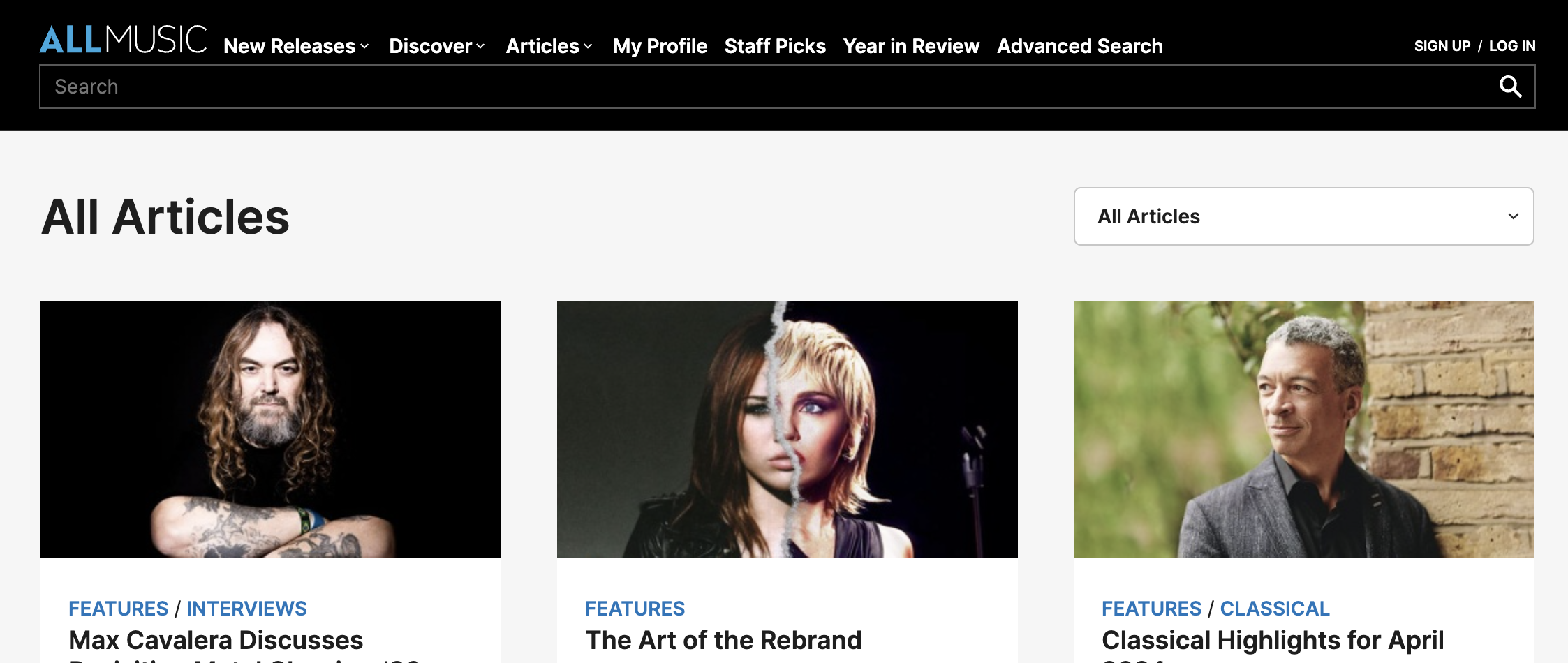
In a perfect world, your music would fall into the lap of journalists effortlessly. They would feel an inescapable pull to write a review without you ever having to ask. But that's not how most music blogs work these days. Most people have to pay in order to reach a wider audience and get links back to their artist profiles.
The first step in getting featured on music blogs is to create a press release (EPK) and define an upcoming release date. This helps create some urgency around the song, so when you email them with your pitch, it's difficult to ignore. Especially if you signal that you're open to paying for the placement.
Prepare a music video in advance, to give them extra material they can embed in the article and they can use that content to engage their readers.
Check out this detailed tutorial from ICON Collective for an overview of how indie artists and record labels are reaching their target audience through carefully selected music blogs. A lot of it comes down to selecting the right partners, writing thoughtful emails, and sending links to your music website instead of using file attachments.
What to expect from your music marketing efforts
It takes time and hard work to break into the music business. Most bands spend months or years gaining enough new fans to make the efforts worthwhile. You'll need more than great music to succeed. It will take time, money, and tenacity.
Engaging video content is one of the best differentiators you can have, setting you apart from others in the music industry who focus on audio only. Sign up for a free neural frames account and start creating your first music video today.
No VC money, just a small, hard-working team, in love with AI music videos.